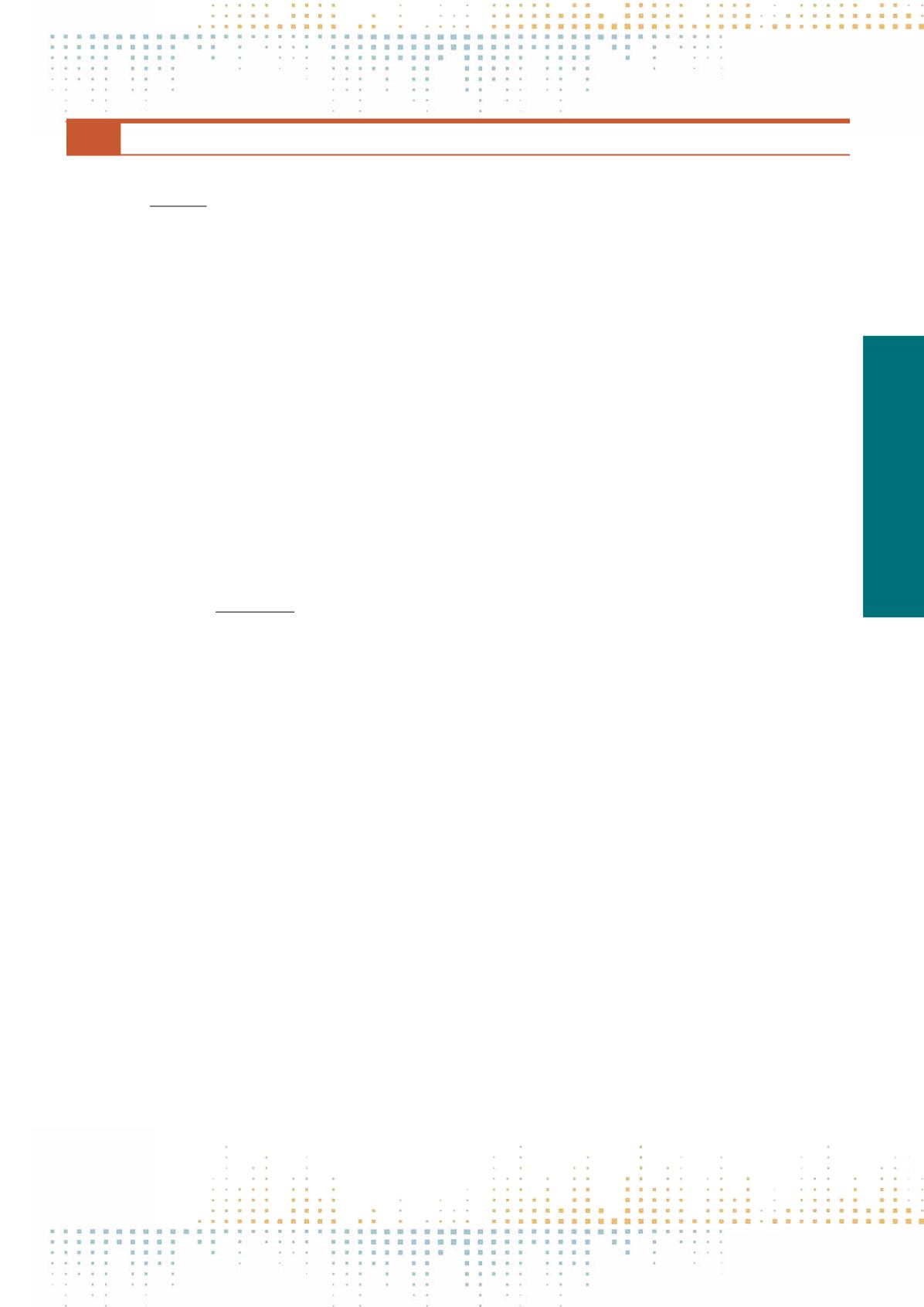

245
Saturday, November 12
1 1 : 0 0 – 1 2 : 3 0
DCC18
Visual Culture andVisibility
PP 649
Infographics as Post-Political Art or Aesthetic Form for a Global Politics?
P. Jakobsson
1
, F. Stiernstedt
2
1
Södertörn University, Culture and education, Huddinge, Sweden
2
Södertörn University, Huddinge, Sweden
Infographics and information visualizations are popular media formats, ubiquitous both on- and offline, for information, education and aesthetic purposes.
Infographics and information visualizations are also increasingly used for policy-directed storytelling and as formats for political activism. This paper draws
on a diverse range of examples in order to analyse the characteristics of the medium from a critical perspective. The argument moves in two steps. First, we
elaborate a theme that is familiar from other critical discussions of the cybernetic legacy in contemporary (post-)digital culture, placing the medium of info‑
graphics within a political imaginary of control and transparency (Halpern 2014; Drucker 2014).The transformative power of infographics, to take seemingly
chaotic data and produce an image of the world that is ordered and surveyable is arguably one of the main reason for the medium’s recent popularity. As
a consequence however the narratives produced through this medium seem to reduce politics to administrative problems, by removing signs of conflicts,
contradictions and ambiguities. In this guise infographics becomes a post-political aesthetic that not only produces a reductive image of the world, but
also reduces the very notion of the political. Going beyond this initial interpretation requires an understanding of the political context that the recent wave
of information design and visualisation have sprung out of, which is the topic of the second part of the paper. Infographics arose in a post-war environment
and is both a product of and a means to reproduce an ethos of social planning (Halpern 2014). We argue that part of the appeal of this kind of infographics
lies in a nostalgic invocation of an imagined past. But there is also a utopian impulse, towards a global institutional politics that is capable of addressing
critical and global political issues. Understood in the proper context this should not be interpreted as a naive or dangerous longing for a more well-ordered
society, but more positively as the longing for a reconstituted politics after a period of neoliberal deregulation and withdrawal of the state. Infographics is
a contemporary example of the mimetic impulse (Cubitt 2015). But instead of holding up its mirror to the “self”, or in a self-reflexive manner towards its
own mediality, as so many other instances of information art does, and in directing its mirror towards “society”, it can act as an effective counter-aesthetic
in the contemporary political moment.
PP 650
Platform Politics? Age- and Platform-Specific Photo Sharing Practices
M. Schreiber
1
, G. Götzenbrucker
1
1
University of Vienna, Department of Communication, Wien, Austria
Showing and sharing photos has become an everyday mode of visual communication. The smartphone as networked multimedia device is at the heart
of current changes not only in personal photography, but in the mediatization of our everyday lives. Social bonding and communication, the demonstration
of identity and belonging, and the preservation and retention of memories have always been important social functions of personal photography. However,
digital sharing practices became more entangled with computer technologies, social media and specific cultures of connectivity (VanDijck 2013) through
accelerated convergence. In our paper, we aim to analyse and compare photo-sharing practices of three age-groups with an emphasis on how specific
platforms are used for sharing personal photos via the smartphone.We argue that the analysis of pictures and practices that are embedded in software such
as WhatsApp, Facebook, Instagram or Snapchat has to be contextualised and related to the structure of these environments. We draw on recent fieldwork
in Vienna and qualitative data (interviews, pictures, screen shots) from three age groups (14–19 years old; 30–40 years old; older than 60), and 44 partici‑
pants in total. A preliminary qualitative content analysis (Mayring) shows that apps co-construct processes of editing, distribution, sharing and affirmation
among users, and that users are practicing photo-sharing within these integrated environments of affordances. Differentiating between platforms that
push publishing (Instagram, Facebook) and those that enable messaging (Snapchat, WhatsApp) is meaningful in regard to visual communication (Villi,
2015). While the first two stimulate showing (off) classically beautiful pictures towards a semi-public audience, the messaging apps provide frameworks
that enforce conversational practices that are very indexical and aimed at exactly defined audiences. Choosing which platforms to communicate through
becomes integral to the management of relationships (Madianou 2014). In our explorative study this has become especially visible with teenagers, who
tend to use a broader range of platforms. Older users are also avid photo sharers, but they mainly use WhatsApp as a messaging app to stay connected
with their families, and they tend to be less interested in other platforms. Platforms that seem to be especially attractive for fulfilling the teenage need
to play with identity and self-thematization are less attractive to older users, who seem to prefer more private and reciprocal platforms of mobile visual
communication. The differentiation of publishing and messaging remains important across generations, and we were able to further investigate different
kinds of individual platform politics and cultures of sharing, especially in regard to how privacies and connectedness are constructed through photo sharing.
Madianou, M. (2014). Smartphones as Polymedia. Journal of Computer-Mediated Communication, 19(3), 667–680. doi:10.1111/jcc4.12069 Mayring, P.
(2010). Qualitative Inhaltsanalyse; Grundlagen und Techniken. Weinheim [u.a.]: Beltz. van Dijck, J. (2013). The culture of connectivity; a critical history
of social media. Oxford [u.a.]: Oxford Univ. Press. Villi, M. (2013). Publishing and Messaging Camera Phone Photographs : Patterns of Visual Mobile Com‑
munication on the Internet. In K. Cumiskey & L. Hjorth (Eds.), Mobile Media Practices, Presence and Politics: The Challenge of Being Seamlessly Mobile (pp.
214–228). Routledge.



















